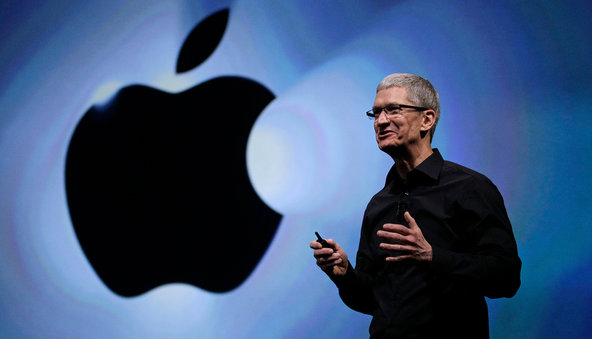In 1953, with the United States and the Soviet Union testing hydrogen bombs and the cold war increasingly frigid, that ominous minute hand of hers stood just two ticks from the symbolically catastrophic 12. By 1991, after the signing of the Strategic Arms Reduction Treaty, it retreated to a relatively reassuring 11:43 p.m.
But the Doomsday Clock, which Ms. Langsdorf drew for the June 1947 cover of the Bulletin of Atomic Scientists as a way to evoke the potential devastation of nuclear weapons, did not stay in reverse. Before Ms. Langsdorf died on March 26, at age 96, the board of the Bulletin, which adjusts the minute hand according to its annual assessments of threats to humanity, had set the clock to 11:55 p.m.
“The challenges to rid the world of nuclear weapons, harness nuclear power, and meet the nearly inexorable climate disruptions from global warming are complex and interconnected,” the board wrote when it moved the minute hand most recently, in 2012. “In the face of such complex problems, it is difficult to see where the capacity lies to address these challenges.”
Ms. Langsdorf was a painter who specialized in abstract landscapes. Her husband, Alexander Langsdorf Jr., was a physicist who had worked on the Manhattan Project developing the atomic bomb. In 1945, as preparations were being made to drop bombs on Hiroshima and Nagasaki, Mr. Langsdorf and others formed the Bulletin as debate was escalating within the group about what it had created. When the Bulletin converted from a newsletter to a magazine in 1947, Ms. Langsdorf was hired to design the cover.
“Martyl first considered using the letter U, the chemical symbol for uranium, as her design,” Kennette Benedict, the Bulletin’s executive director, wrote in an essay on its Web site this week. “As she listened more intently to their conversations, though, she soon realized that it was the atomic scientists’ urgency about the looming dangers of this new technology that was most compelling.”
Mr. Langsdorf spent much of the rest of his career at the Argonne National Laboratory at the University of Chicago. When he died in 1996, Ms. Langsdorf told The New York Times how he had become one of 70 scientists to petition President Harry S. Truman not to use the bomb.
“He thought it was unbelievably inhumane to drop it on an open city and kill so many civilians,” she said.
Ms. Langsdorf’s career designing magazine covers stopped and started with that first magazine issue of the Bulletin (which declared that it was 11:53 p.m.). She devoted herself instead to her artwork.
When she was 18 she had sold a painting to George Gershwin, and her art sold well throughout her life. Her works have been collected by museums in Washington like the National Museum of American Art, which is part of the Smithsonian Institution, and the Hirshhorn Museum and Sculpture Garden. She also painted murals in post offices and other federal buildings for the General Services Administration.
Martyl Suzanne Schweig (her first name is pronounced mar-TILL) was born on March 16, 1917, in St. Louis. Her mother was a painter and her father was a portrait photographer. She graduated from Washington University in St. Louis.
Ms. Langsdorf died of complications of a lung infection at a rehabilitative hospital in Schaumburg, Ill., her family said.
She is survived by two daughters, Alexandra Shoemaker and Suzanne Langsdorf; four grandchildren; two great-grandchildren; and a brother, Martin.
Ms. Langsdorf painted well into her 90s. An exhibition of her work opens at the Printworks Gallery in Chicago in May.
“People would ask her, ‘Are you still painting?’ ” Ms. Shoemaker said. “And she would say, “Are you still breathing?’ ”
Article source: http://www.nytimes.com/2013/04/11/us/martyl-langsdorf-artist-behind-doomsday-clock-dies-at-96.html?partner=rss&emc=rss



